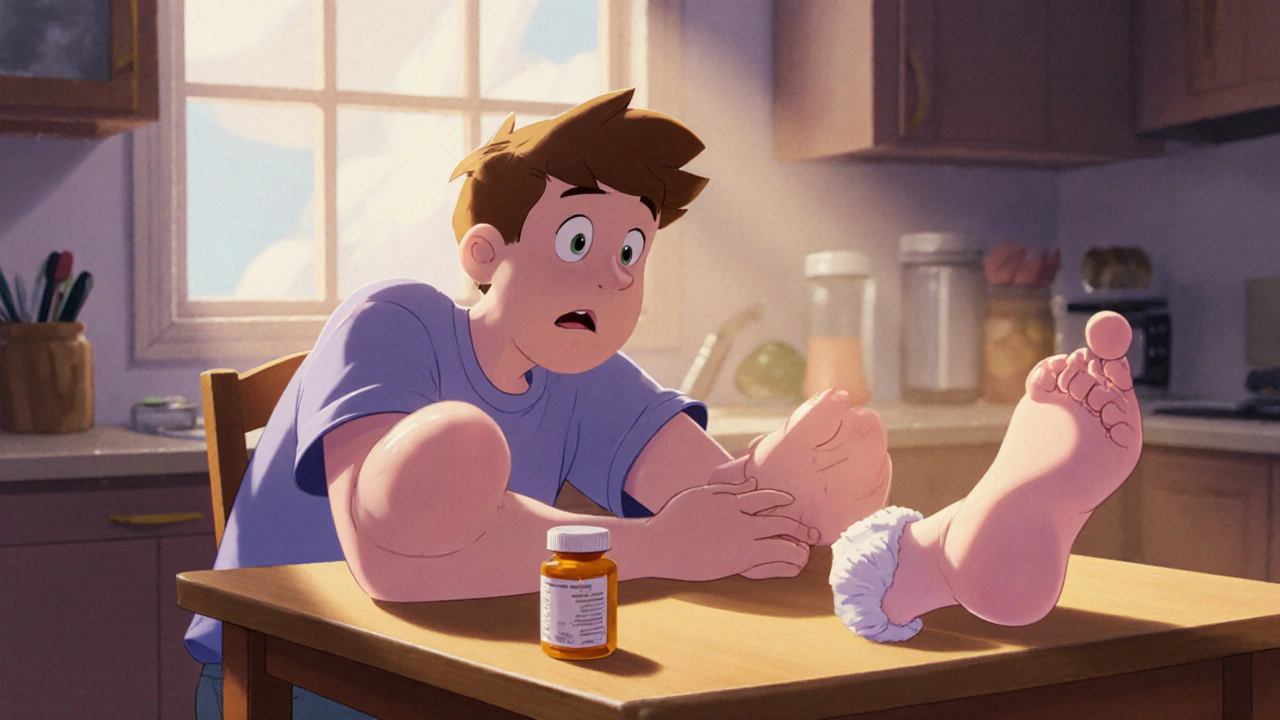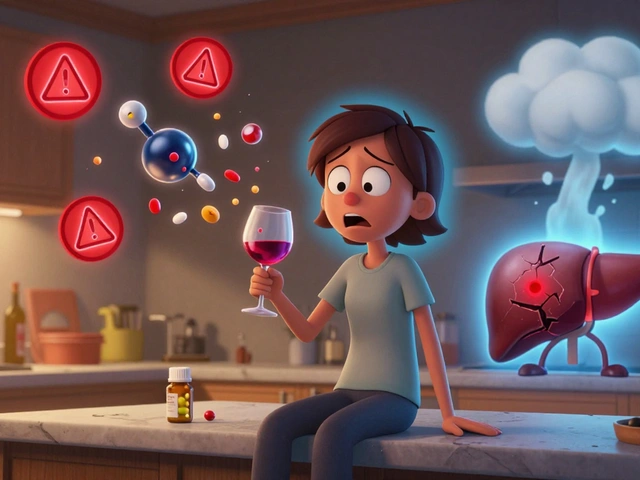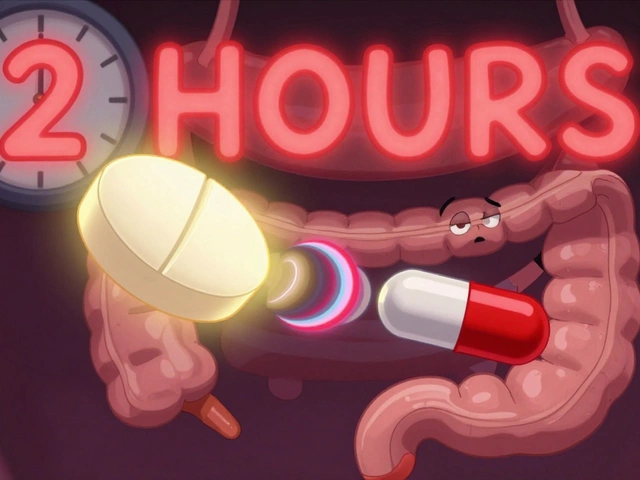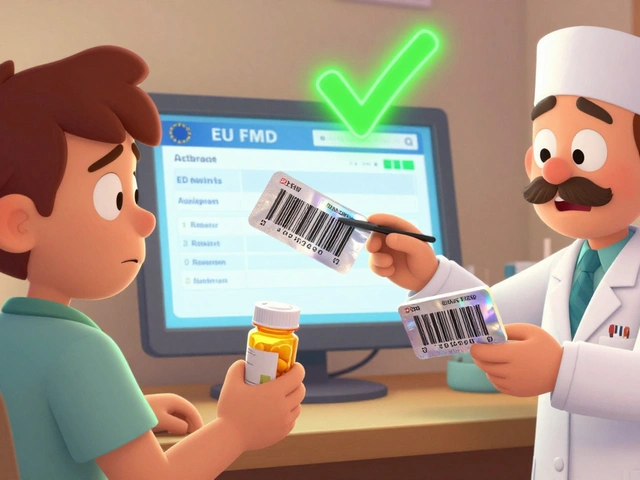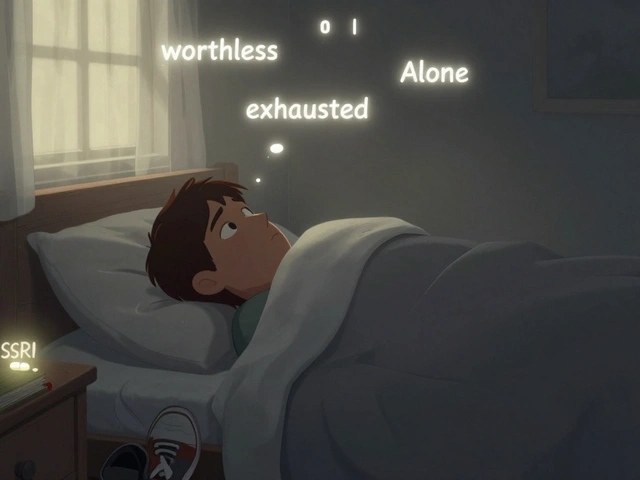Hand Foot Syndrome: Causes, Symptoms, and What You Can Do
When you're undergoing chemotherapy, your body goes through a lot. One of the most uncomfortable side effects is hand foot syndrome, a skin reaction caused by certain cancer drugs that leads to redness, tingling, and peeling on the palms and soles. Also known as palmar plantar erythrodysesthesia, it doesn't affect everyone, but when it does, it can make walking, holding objects, or even sleeping difficult.
This isn't just a rash. It happens because some chemotherapy drugs leak out of tiny blood vessels in the hands and feet, irritating the skin. Drugs like capecitabine, 5-fluorouracil, and liposomal doxorubicin are common culprits. The skin there is thicker and has more sweat glands, which traps the drug longer—making those areas the most vulnerable. You might notice redness first, then swelling, numbness, or a burning feeling. In worse cases, blisters or peeling skin follow, and everyday tasks become painful.
Managing hand foot syndrome isn't about stopping treatment—it's about controlling it so you can keep going. Simple steps like avoiding hot water, wearing loose shoes, using fragrance-free moisturizers, and staying off your feet when possible can make a big difference. Some doctors recommend cold packs or special gloves and socks during infusion to reduce the drug’s impact. If symptoms get bad, your oncologist might lower your dose or pause treatment briefly. It’s not a sign your cancer is worsening—it’s just your body’s reaction to the medicine.
What you’ll find below are real, practical guides from people who’ve dealt with this. You’ll see comparisons between creams that help, tips on reducing flare-ups, and how other patients adjusted their routines to stay comfortable. No fluff. Just what works.
